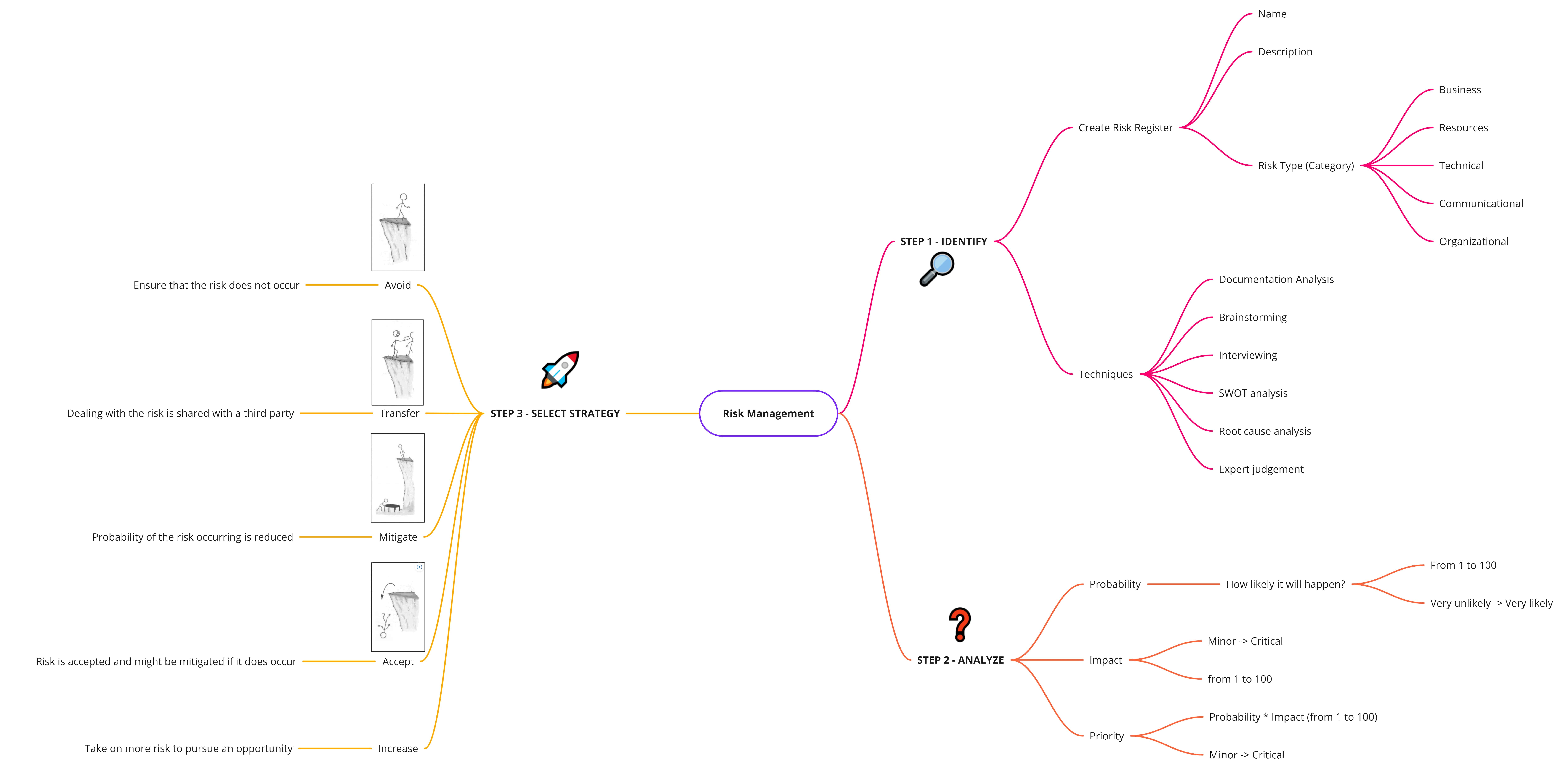Why Are Visual Tools Important for Business Analysis?
Visual tools, such as graphs or diagrams, can simplify information, making it easier to understand and analyze. This article provides an overview of some common use cases featuring visuals that are helpful for business analysts and others.
The author of this article is EPAM Business Analyst Julia Kasyanava.

Introduction
Business Analysis is always about translating business concepts for technical experts and decoding technical jargon for business stakeholders. The importance of visual aids cannot be overstated. How would you effectively describe the online product ordering process to a client using only written or spoken methods? How would you explain to a developer the complex interactions between multiple objects when working on integration requirements? Let's be honest, not many of us like to read lengthy documents or listen to a long lecture.
Visualization can be the solution — an invaluable skill that every business analyst should acquire. It can ensure seamless alignment among all project stakeholders. When I say “visualization skill,” I mean the ability to transform information into diagrams, prototypes, schemas, maps, or any other visual aids that enhance viewer comprehension of the information.
Here are some of the online instruments that I use to create visuals:
Examples of cases when a business analyst (or other professional) can use visuals include:
Identifying and modeling current business rules;
Developing requirements for a new system or feature;
Documenting data relationships and flows;
Problem solving;
Learning; and
Time management.
Of course, these are not the only situations in which visuals can be helpful, but let’s focus on some of these cases.
Identifying and modeling current business rules
When working on project requirements, a business analyst should focus on the business rules and the business needs that the project aims to address. Failing to accurately identify these elements could impede the project’s goals, preventing it from bringing the desired value to the client.
Different types of visuals that might be used to represent business processes include:
Flowcharts or process diagrams: These illustrate the sequence of steps in a business process, helping stakeholders visualize how tasks are connected and making it easier to identify the sequence of actions. They can help the viewer develop an understanding of how a process is organized and communicate it to others.
Activity diagram (UML): I always use this type of diagram when I start working on a new feature. Business analysts analyze business processes, and an activity diagram can help represent the stepwise activities necessary to reach a certain goal. Activity diagrams are sometimes confused with flowcharts, but the difference is that activity diagram is a UML behavior diagram that represents the workflow of activities of the system. In contrast, a flowchart is a visual diagram portraying the step-by-step sequence intended to solve a particular problem.
Use case diagram (UML): These help illustrate scenarios in which a system interacts with people, organizations, or external systems. They don’t provide a lot of detail, but they offer a high-level overview of the actors and scenarios involved, helping business analysts stay on the same page as stakeholders and recognize potential business scenarios.
State transition diagrams: Business analysts use state modeling to describe and assess the potential states an entity can assume within a system. This includes how the entity transitions from one state to another, along with the events that can impact the entity while it is in each state.
Developing requirements for a new system or feature
When working on new requirements, you need to be able to answer many questions: Which stakeholders are involved? How should you prioritize the requirements? What is the scope of the feature? How are external systems involved? How should the UI look?
The answers to these questions frequently require active communication. The following instruments can help you to stay on the same page as your stakeholders:
User story maps: These are among my preferred instruments because they allow me to do multiple things at the same time: build a user journey, decompose it to stories, and plan releases of the feature. This valuable technique for managing user stories, popularized by Jeff Patton, is definitely worth exploring. I highly recommend his book User Story Mapping: Discover the Whole Story, Build the Right Product.
Flowcharts or activity diagrams can be used to explain to the project team how the system is supposed to be functioning. These tools allow you to outline workflows and processes, assisting viewers’ comprehension of how various activities and tasks should be executed.
Sequence diagrams (UML): I usually use these diagrams when working on API requirements. They visually depict the interactions and flow of messages between various objects or components within a system over a specific period of time. Sequence diagrams provide insights into the dynamic behavior of a system by showcasing how objects collaborate to accomplish specific tasks or scenarios.
When working on a complex feature, I like to use mind maps for decomposition or scope overview. In a mind map, the central idea or topic is placed at the center, and branches radiate outwards to represent subtopics or related elements. As a central topic, I can use a feature that should be delivered, and branches can represent certain scenarios or use cases for that feature. Mind maps offer a visual representation that helps break down complex concepts, ideas, or tasks into smaller, more manageable components.
While not exactly diagrams, sketches and wireframes are visual representations of the user interface. They help show the layout and functionality of the system. These prototypes offer a broad view of the upcoming UI (with sketches being less detailed than wireframes). You can create them using a pen and paper, a whiteboard, or a simple software tool.
UI mockups provide a more detailed and visually accurate representation of the user interface than wireframes. Mockups aim to capture the visual aesthetics, layout, placement of elements, and the interactions that users will experience when engaging with the final product. If the project does not have a dedicated UI designer, a business analyst might step into that role and create mockups to enhance viewer comprehension of interface requirements.
Documenting data relationships and flows
Understanding data is primarily the realm of Data or System Analysis. Some projects, however, require a business analyst to understand data and formulate requirements related to it. Tools that are useful for this purpose include:
Class diagrams: These are one of the most useful types of diagrams in UML since they clearly map out the structure of a particular system by modeling its classes, attributes, operations, and the relationships between objects.
Entity-relationship diagrams (ERDs), also known as ER models, are often used in database design. This type of diagram can be used to show major entities within the system scope, and the interrelationships among them. ER diagrams most often map into the tables in the database, while class diagrams are more likely to map into real-world objects. Relationships found in ER diagrams are usually more difficult for people to understand than relationships in class diagrams.
Learning
Working in IT means that you are always learning something new. Visualization can help.
Mind maps enhance the learning process by visually organizing information and promoting better understanding, retention, and recall. You can visualize an article, lecture, or webinar using mind maps. I also use them to help me memorize complex topics.
For instance, I created the following mind map on the topic of risk management:
Roadmaps can help you set clear and achievable learning goals. You can outline specific objectives, milestones, and desired outcomes, providing direction and motivation. To build a structured path for your learning journey, break down a complex topic into smaller, manageable steps, making it easier to understand and accomplish.
Conclusion
In the ever-evolving landscape of Business Analysis, the ability to effectively visualize and communicate ideas is not just an asset, it’s a necessity. By mastering the art of visualization, Business Analysts can drive successful projects, foster collaboration among stakeholders, and ultimately ensure that businesses thrive in an increasingly complex and interconnected world.

.png)
